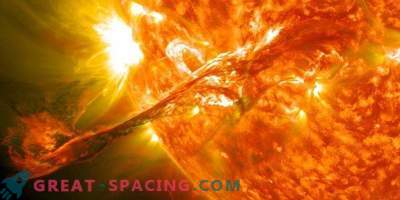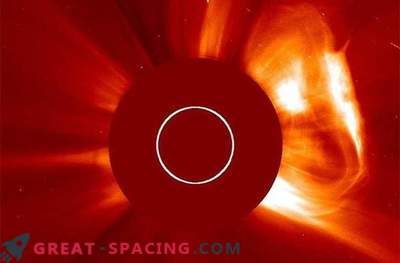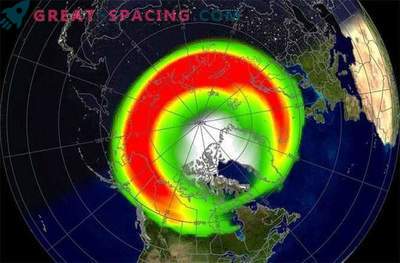
Researchers have announced a serious discovery. It is about the nature of solar storms. It turns out that solar storms are capable of accelerating particles simultaneously in several places. These findings are based on LOFAR data, as well as images of NASA, ESA spacecraft and the National Oceanic and Atmospheric Administration.
The sun is the nearest star to us, and it is not very calm. The size of sunspots is much larger than the Earth, and is also able to influence us and throw out huge amounts of energy. It is here that there are large explosions - solar storms.
The solar storm is an amazing eruption of billions of tons of hot gas moving at millions of km / h. A particularly strong storm was observed on September 10, 2017, after which the LOFAR station appeared in Ireland.
How to predict space weather
New data are amazing because they provide a clear understanding of the spread of solar storms away from the Sun, where they disperse particles, approaching the speed of light. In the future, these results will help to make more accurate forecasts of the radio bursts of the star and determine their impact on our planet. We are already seeing exposure in the form of the formation of beautiful auroras, but problems may arise with communication, navigation, and electrical systems. Modern society is based on the use of technology, so solar storms can severely damage our performance.
It is worth remembering the event of 1859, when there was a powerful solar storm of all observed. This event is called the Carrington event. Within a few hours, the lights appeared in the south, including Italy and Cuba, and the surge itself led to interruptions in the work of the telegraph systems of Europe and the USA.
During the 2003 event, transformers in South Africa were damaged, and in 2015 the Swedish air traffic control systems had to be turned off for an hour due to a solar storm. More than 50 satellites sent signals of problems.











































